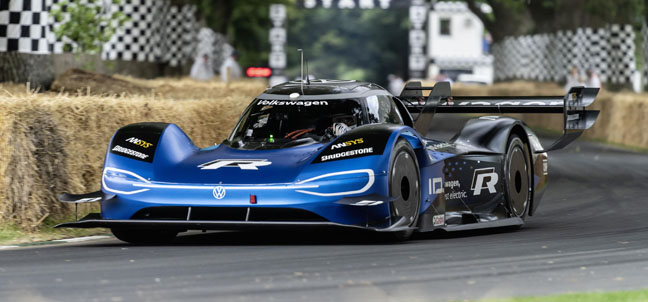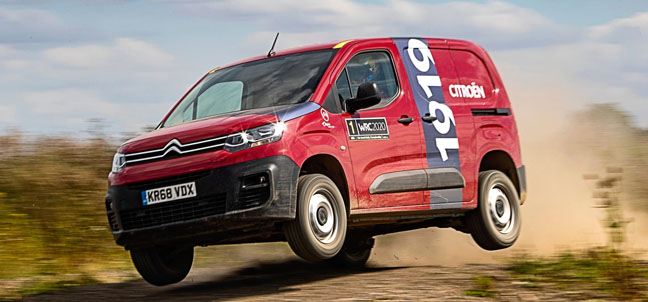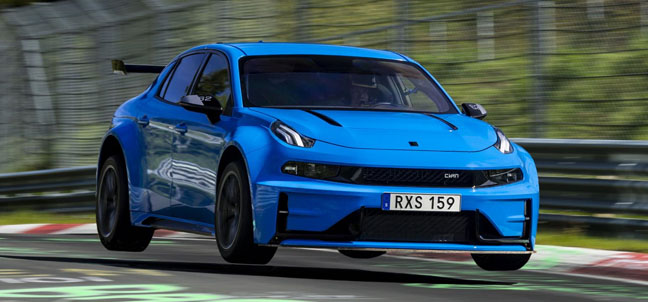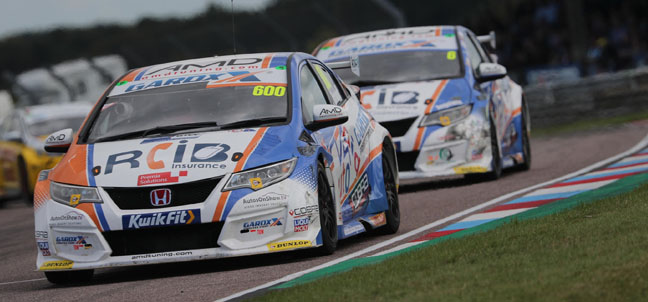When you consider the number of services members that have returned from conflicts in need of limb replacements, very few of them appreciate that the use of lightweight alloys and fabrics (such as Kevlar) that have been developed in motor racing have also become their means to mobility. In fact, companies like McLaren have lent their technology to a hive of specialists, in order to make life worth living for those whom may have thought it was over.

Vehicle developments, such as traction control, stability control, disc brakes, anti-lock braking systems, aerodynamics and semi-active suspension have all emerged, many of which are standard equipment on today’s road cars, as a direct result of having been proven on manufacturers’ race and rally programmes. The stresses and strains of motorsport have led to stronger seats, more resilient fixings, vehicle rollover protection and even laminated glazing.

Yet, while deployment of costly race and rally drivers in areas of product development can harbour economic benefits to the carmakers, their parameters, their desires, in terms of vehicle dynamics especially, are somewhat remote from the rest of us. Just because Colin McRae was involved in the final developments of the first Ford Focus RS did not make that car a dynamic delight. In fact, its on-road manners were sorely lacking, even though testing on a smooth and repetitively sinuous test track may have provided different results.

However, if any individuals understand ‘destruction testing’ better than engineers, whom are more familiar with on-screen scenarios, they are the archetypal rally drivers. A lot of the vehicle integrity that we take so much for granted in modern day motor vehicles arises from bashing nine-bells-of-hell out of early production examples. Where the weaknesses that may not be revealed in computer simulations are made clear, subsequent strengthening and re-engineering can be applied to ensure that the issues are not transferred to the road vehicles. This remains a highly valued aspect of motorsports’ involvement.

Yet, just because a car posts a lap record around the Nurburgring does not mean automatically that it is going to be one of the most rewarding of its type to drive. In fact, the opposite is more frequently the case. However, several carmakers operate vehicle dynamics operations alongside the famous German racing circuit. The key benefit arises from a closed venue that is often blighted by four seasons’ weather conditions in just one day! After all, it is far better for a car company to have its testing incidents in private, rather than declaring them to the world.

Intriguingly, both race and rally specialities continue to fascinate carmakers and their designers and engineers. As a result, several of them have dipped into the motorsport bag for launch inspiration of their latest models. You see, there is one final benefit, as long as you do not take it too seriously, related to the sheer excitement, the value of which may be monumental.